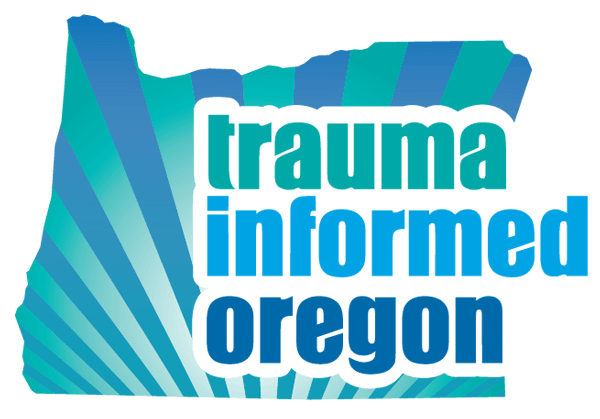Blog
 Walking the Walk: How Organizational Climate and Culture Unite Words With Actions
Walking the Walk: How Organizational Climate and Culture Unite Words With Actions

From Dalia Avello, Psy.M., MA, IMH-E, Professor of Practice, Trauma Informed Oregon
What Do English Idioms, Organizational Culture and Trauma Informed Care Have in Common?
I take delight in nuances – those subtle details that make something unique. As a bilingual and bicultural person, one of my favorite things to do is to learn, try to understand, and – hopefully – correctly apply idioms when communicating with others. Idioms are phrases that have figurative meaning beyond their literal translation, so using them in your second language is not easy! I make the effort because it’s my way of getting closer to someone’s mind and showing them that I’m actively trying to connect our ideas and increase our shared understanding. It’s a linguistic labor of love.
This year I learned a new idiom: “walk the walk,” or making an effort to act in coherency with the words you say. Walking the walk has become a permanent feature across my work with TIO. In the world of trauma informed care, it means embedding trauma informed care principles across the policies, practices and procedures that a group or organization has; in practice, it means purposefully considering a multitude of factors across everything you do, and actively reflecting on your actions to ensure there is always space for compassionate learning and improvement. With time and consistency, walking the walk becomes a habit, and when those daily habits are shared in the context of a group or organization, you have organizational culture.
In 1986, Gareth Morgan, an organizational theorist and professor at York University in Toronto published a book called Images of the Organization, in which he offers eight metaphors for an organization. Among “machines,” “brains,” and “organisms,” Morgan offers the image of organizations as cultural systems able to create and sustain social realities, with shared beliefs, norms and rituals. What I appreciate about Morgan’s metaphor is that it invites you to examine what is most important in an organization, and more interestingly, can help you reflect on the coherence between what the organization says, and what it does. Morgan suggests that one of the easiest ways of identifying the characteristics of an organization’s culture is by observing its daily functioning as if you were an anthropologist. This way, through the observation of interactions, expressive language, topics of conversation, artifacts, and rituals, one can learn the way an organization does things.
Tool Spotlight – The Trauma Informed Care Logic Model
As I leave you with the idea of consistency between words and actions, I’m hoping to inspire you to reflect on the culture of the groups and organizations you support, work for, or care about; perhaps even wonder what an anthropologist would see if they looked from the outside in. A good tool that can guide you to look at your organizations from the outside in is the Trauma Informed Care Logic Model. This model can help you take a step back and get a sense of what shows up when your organization is “walking the walk.” Pay close attention to the “What will happen” section. Through the observation of daily interactions, expressive language, and topics of conversations, you might get a sense of how safety, empowerment, value, and trust show up in your organization. At first, it may feel like a daunting or even impossible task, but know that it’s one with the potential to be not only rewarding for you, but the beginning of a change that can positively affect the life of many.
